Dril-bu late 19th century Tibetan
Dril-bu late 19th century Tibetan Specification
- Primary Material
- Brass
- Theme
- Buddhism
- Style
- Religious
- Regional Style
- American
- Material
- Metal
- Product Type
- Other
- Technics
- Handmade
- Finishing
- Polishing
- Dimension (L*W*H)
- H.: 20.3 cm (8 in.); Diam.; 9.5 cm (3-3/4 in.)
- Color
- Black
- Feature
- Non Toxic, Easy To Install, Easy To Clean, Rust Proof, Durable, Light Weight, Acid Resistant, Antibacterial, Recyclable, Chemical Resistant, UV Resistant, Fireproof Standard, Hygienic, Corrosion Resistant, Scratch Resistant, Washable, Eco-Friendly, Water Resistance
Dril-bu late 19th century Tibetan Trade Information
- Minimum Order Quantity
- 100 Pieces
- FOB Port
- Mumbai
- Supply Ability
- 1000 Pieces Per Month
- Delivery Time
- 45 Days
- Sample Available
- Yes
- Sample Policy
- Sample costs shipping and taxes has to be paid by the buyer
- Packaging Details
- First Packing by butter paper, Second Packing Polybag Third Packing Bubble Packing Fourth Packing Cover with Thermocol 15mm sheet six side Fifth Packing with corrugated box 5 ply Sixth Packing Master Carton with four piece of corrugated box Packed.
- Main Export Market(s)
- South America, Western Europe, Middle East, Central America, Eastern Europe, Asia, North America, Australia, Africa
About Dril-bu late 19th century Tibetan
Dril-bu late 19th century Tibetan:-
About The Product:
The dril-bu (bell) along with the Dorje (scepter) areindispensable liturgical instruments used during Buddhist ritual recitation.They are usually regarded as one object, are matched and used together. Thebell is held in the left hand and the scepter in the right as both handsgracefully move in prescribed gestures that serve as a commentary to therecitation. As a pair, they reflect the two aspects of Buddhist practice:method and wisdom, intuition and compassion. The prongs emerging from thebell's handle have their roots in Indic mythology and recall the thunderboltscepter of Indra, a Hindu warrior god who governs rain, clouds and lightning.Small dorjes appear at the bell's rim.

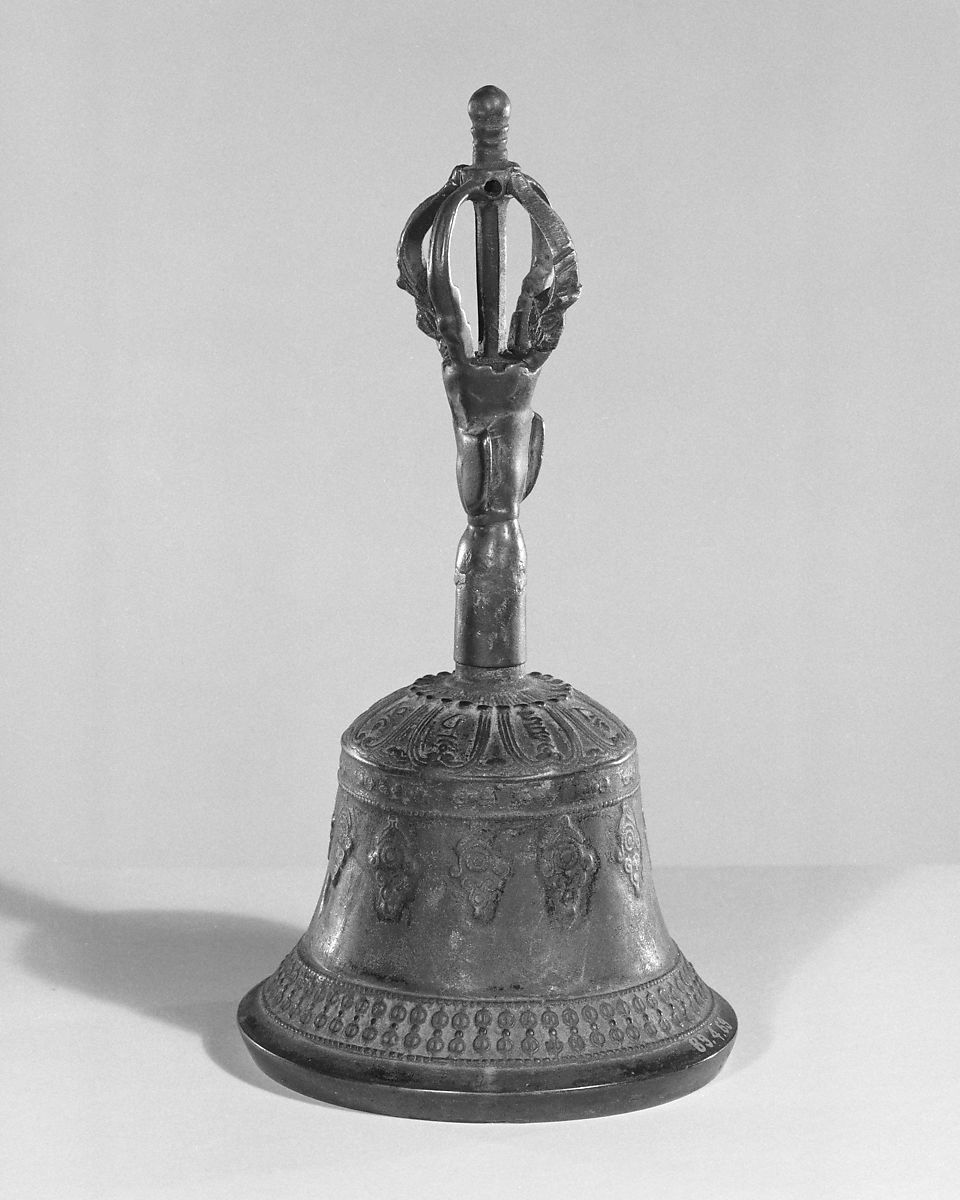


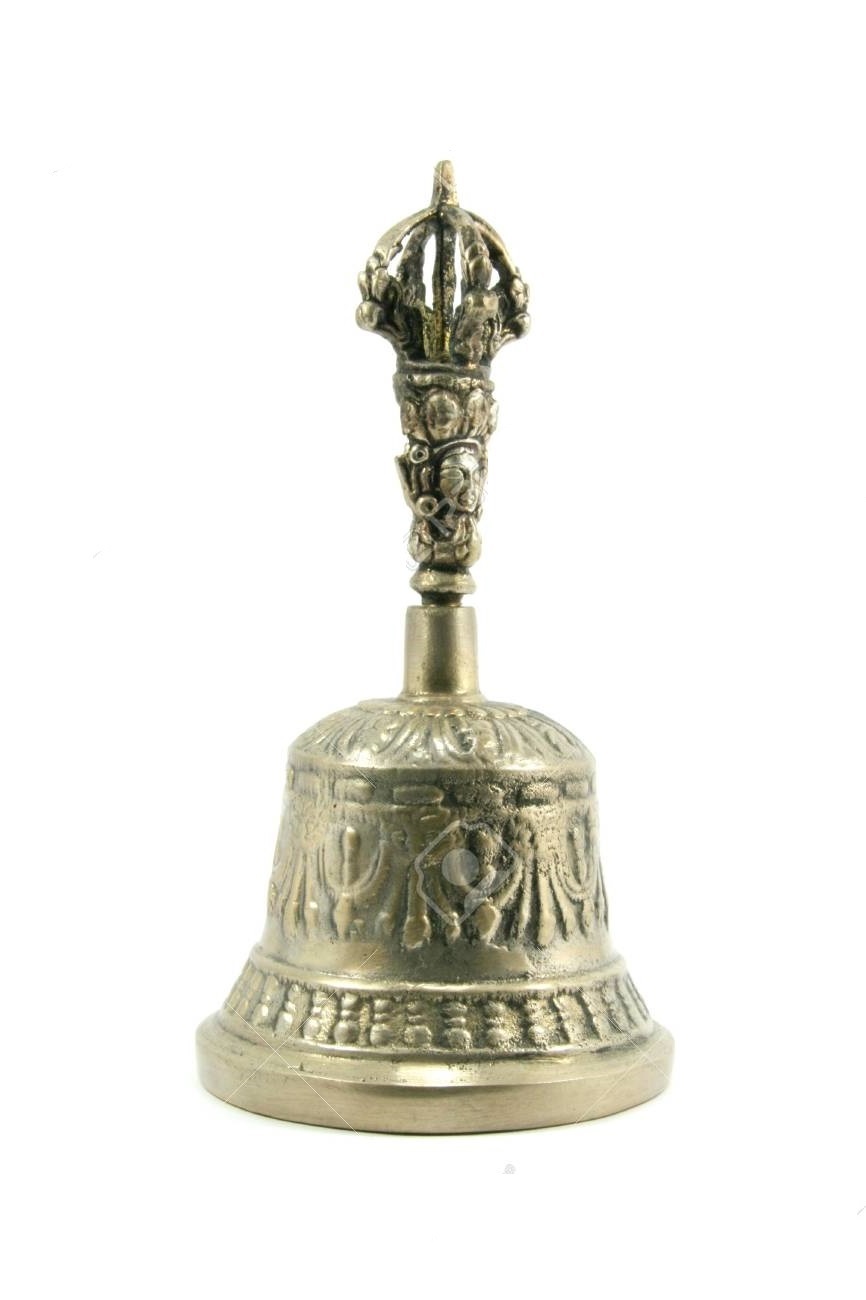

Price:
- 50
- 100
- 200
- 250
- 500
- 1000+
More Products in Tibetan Bowl Category
Deradhun Nyingma Bell & Dorje Set - Kirtimukha Design - Antique Style
Price Range 3.00 - 20.00 USD ($) / Piece
Minimum Order Quantity : 100 Pieces
Color : Copper ,Bronze & Silver
Dimension (L*W*H) : 8.5 cms high (7 inches), Base measures 95 mm across,, Vajra measures 5 inches (130 mm) Millimeter (mm)
Product Type : Other
Tibetan Hand Beaten Singing Bowl - Set of 5
Price Range 3.00 - 20.00 USD ($)
Minimum Order Quantity : 100 Pieces
Color : Gold
Dimension (L*W*H) : 3 inch to 5.5 inch Millimeter (mm)
Product Type : Other
Handcrafted Black Tibetan Singing Bowl
Price Range 3.00 - 20.00 USD ($)
Minimum Order Quantity : 100 Pieces
Color : Black
Dimension (L*W*H) : Customize Inch (in)
Product Type : Other
Hand Hammered Tibetan Healing Therapy Singing Bowl
Price nan USD ($)
Price Range 3.00 - 20.00 USD ($)
Minimum Order Quantity : 100 Pieces
Color : BRASS
Dimension (L*W*H) : Customize
Product Type : Other
 Send Inquiry
Send Inquiry
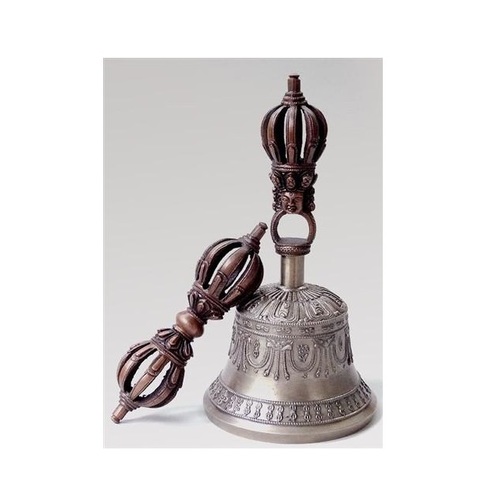
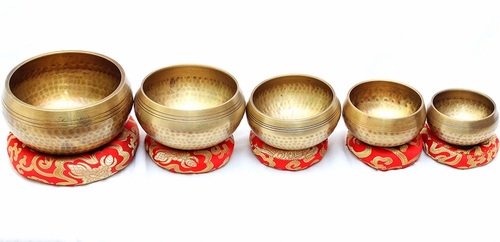
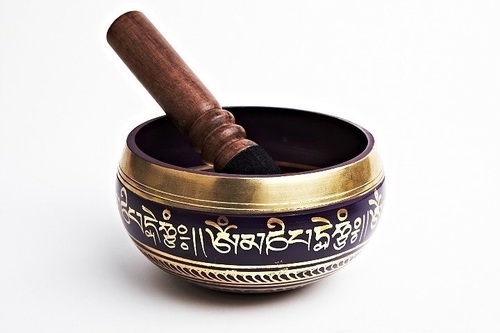





 Send Inquiry
Send Inquiry Send SMS
Send SMS Call Me Free
Call Me Free